Balls and Materials
The most important material is AISI 52100 or 100Cr6.
We only supply the highest qualified materials
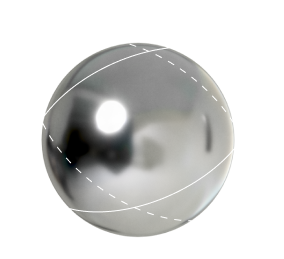
STEEL BALLS
Types/Characteristics

STAINLESS STEEL BALLS
Types/Characteristics
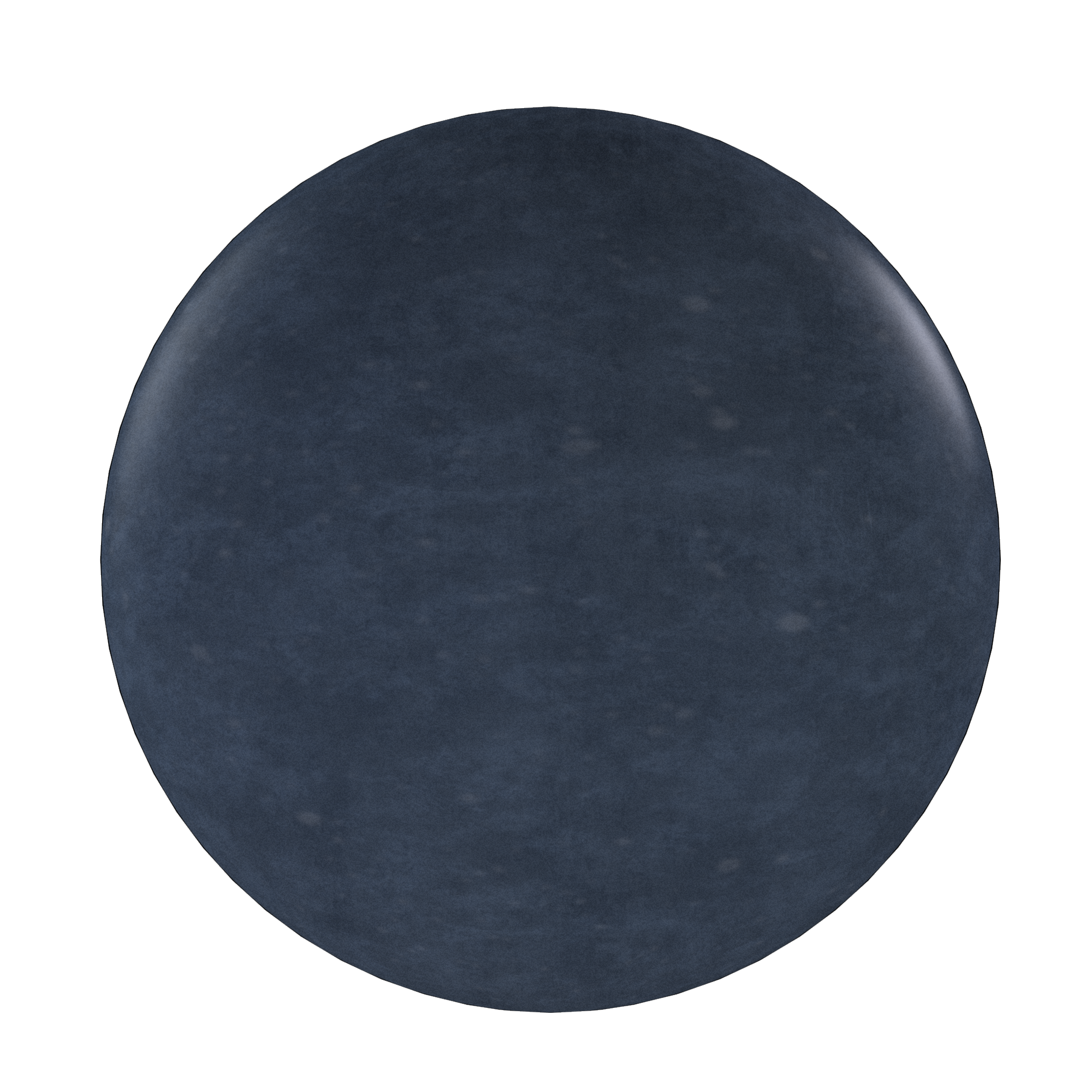
RUBBER BALLS
Types/Characteristics

PLASTIC BALLS
Types/Characteristics

METAL ALLOY BALLS
Types/Characteristics

CERAMIC BALLS
Types/Characteristics
GLASS BALLS
Types/Characteristics
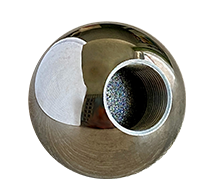
SPECIAL BALLS
Types/Characteristics

MAGNETIC BALLS
Types/Characteristics

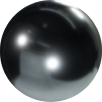
BALLS
Chrome steel balls: AISI 52100 or 100Cr6
Chrome steel balls, often called bearing steel balls, are made from chrome alloy steel with a high carbon content. This steel is hardened and tempered, giving it high hardness and wear resistance.
These balls are mainly used in:
– Bearings and valves due to their high load capacity and wear resistance.
– Medical industry, measuring and control equipment, where high precision and minimal friction are crucial. – Hydraulic technology and many other high-precision applications.
Stainless steel balls
Stainless steel balls are made of stainless steel, with at least 10% chromium and other alloying elements such as nickel and molybdenum. They are characterized by:
– Excellent corrosion resistance, strength and heat resistance.
– Applications in food processing, medical equipment and the aerospace industry due to their resistance to harsh environments.
– Use in jewelry and precision instruments due to their non-reactive and non-magnetic properties.
– Large variety of types such as AISI 302, 304, 316, 420C and 440C with different properties.
Conclusion
Chrome steel balls are best known for their hardness and wear resistance, while stainless steel balls excel in corrosion resistance and non-reactivity. The choice between the two often depends on the application, load-bearing capacity and environmental factors.

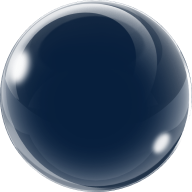
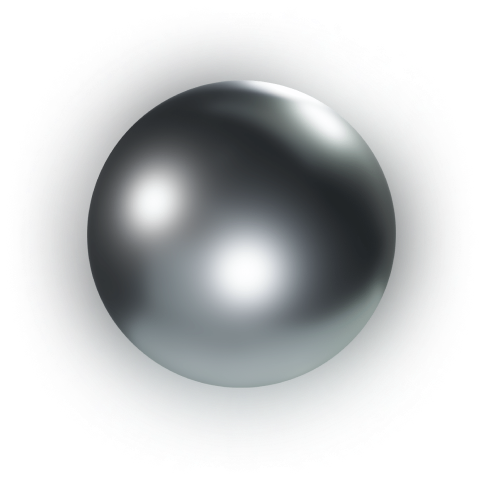
DITH
Ball Materials
Our balls are of the highest quality We guarantee this consistent quality

